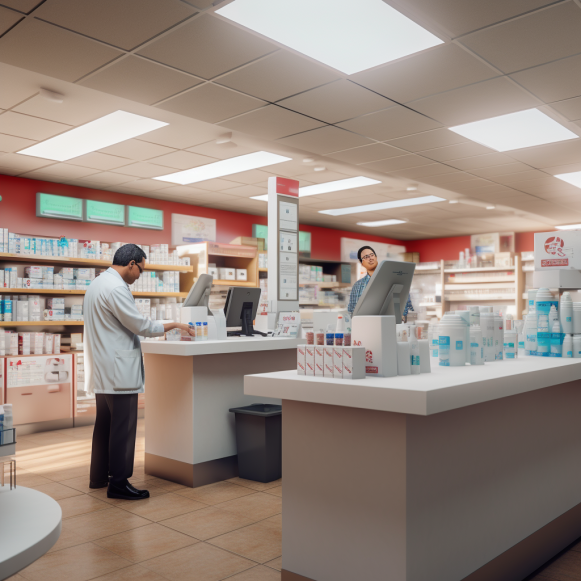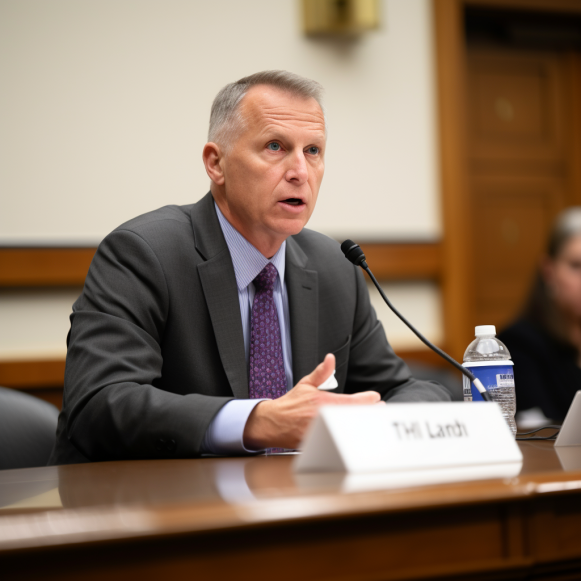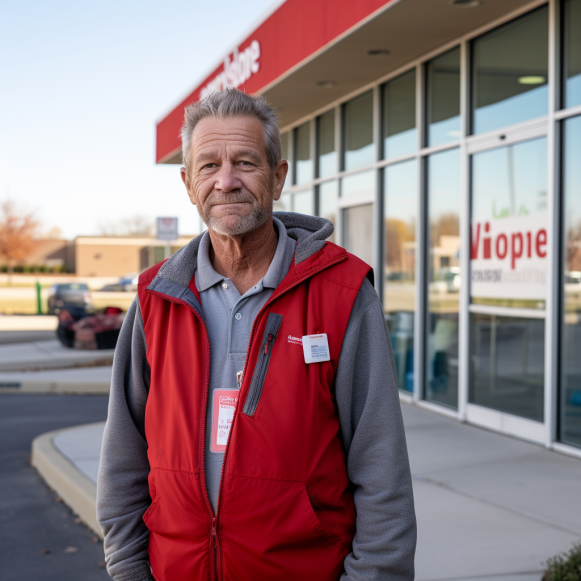Walgreens just made another big bet on healthcare, weeks after its CEO exited. A top exec shares how the company plans to partner with doctors.

- Walgreens has made a big push into delivering medical care directly to patients.
- But the shift in strategy has been challenging, and Walgreens’ CEO stepped down on August 31.
- In an interview with Insider, the head of Walgreens Health shared his vision for the business.
Walgreens is expanding into healthcare less than two weeks after CEO Rosalind Brewer announced her retirement.
Walgreens has made a large bet in recent years on expanding beyond traditional pharmacies to provide medical care to patients through a series of acquisitions and investments.
It spent $5.2 billion to acquire a majority stake in VillageMD, a primary-care company, and $3.5 billion to assist the clinic chain in acquiring an urgent-care company. It also acquired CareCentrix, a home-health company, and Shields Health Solutions, a specialty pharmacy.
However, integrating these different businesses with its pharmacies has proven difficult, and turning a profit in the new healthcare segment is likely to take longer than Walgreens anticipated. The company reported a $1.4 billion operating loss in its Walgreens Health business in the first nine months of its fiscal year in June.
Walgreens fired Brewer on August 31 and announced that it is looking for a replacement with “deep healthcare experience.” James Kehoe, the company’s chief financial officer, retired in August. Walgreens’ stock has dropped more than 40% since the beginning of the year.
Rosalind Brewer, CEO of Walgreens, announced her resignation on August 31.
Despite these obstacles, Walgreens is not abandoning its healthcare strategy.
In an interview with Insider, John Driscoll, the president of the healthcare business, said the company’s collection of healthcare assets was growing, even if some were taking longer than expected to turn a profit.
Walgreens announced a new partnership with Pearl Health, a startup that uses technology to help doctors succeed in new “value-based” payment models, on Tuesday. Doctors typically receive set amounts to care for patients under value-based payment arrangements, rather than fees for each service or test. According to Driscoll, the partnership, which does not involve a capital investment in Pearl, could allow Walgreens to move deeper into value-based care without spending as much money as building new VillageMD clinics.
Helping doctors succeed in value-based care
Walgreens’ healthcare push is part of a broader industry shift among retailers and technology companies to deliver care directly to patients and capture a larger share of the $4.3 trillion spent on healthcare in the United States.
CVS Health acquired the clinic chain Oak Street Health and the home-health company Signify Health this year. Meanwhile, Amazon purchased the primary-care company One Medical, and Walmart has been expanding its own network of primary-care clinics.
Walgreens, for its part, wants to use the healthcare businesses it has assembled, along with its pharmacies, to assist doctors in value-based arrangements in improving patients’ health and lowering healthcare costs, according to Driscoll.
“Our pharmacists frequently see chronically ill patients more frequently than their doctors,” he said. “How can we help doctors and health systems leverage that asset to manage risk?”
This could take several forms. He suggested that Walgreens pharmacists collaborate with VillageMD doctors to better care for patients with chronic health conditions.
In areas where Walgreens does not employ doctors, the Pearl partnership could allow Walgreens to expand on the pharmacy relationships it already has with 2,000 health systems by assisting them in monitoring high-risk patients, according to Driscoll.
Merging Walgreens’ healthcare and pharmacy businesses
Walgreens’ strategy for connecting its growing number of individual healthcare businesses has been unclear, but Driscoll provided some hints.
According to him, each business must “make sense” on its own while also adding value to another Walgreens asset.
He claims that the VillageMD clinics in Walgreens stores are showing early signs of success on their own. In certain markets and contracts, VillageMD could also collaborate with CareCentrix, which coordinates home-healthcare services following a patient’s hospital stay. Walgreens also intends to investigate how CareCentrix can support the Pearl partnership, he said.
“People, patients, and doctors have faith in pharmacists.” They have faith in Walgreens, and their patients and families frequent our 9,000 locations,” Driscoll said. “That contact and connection is what we’re leveraging to bring the disparate pieces of Walgreens Health together, and it’s why we believe we can truly be the independent partner of choice for doctors and hospitals.”





